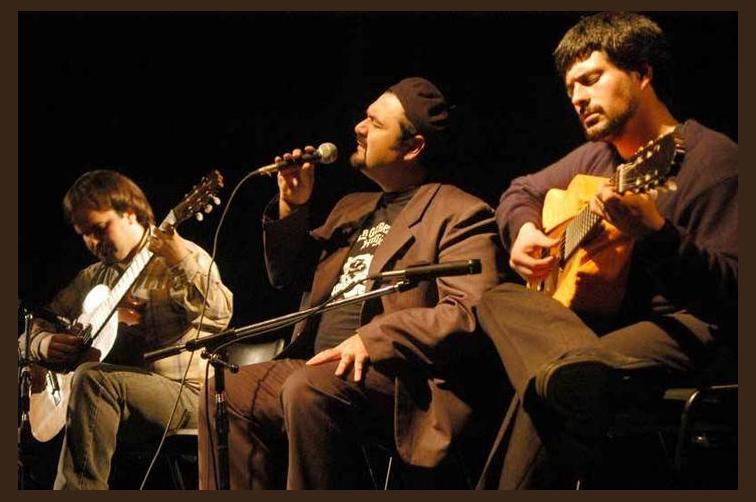 La Guardia Hereje
La Guardia Hereje
La Guardia Hereje: The Rebellious Voice of Argentine Rock
Origins and Influences:
Formed in 1983, La Guardia Hereje emerged amidst the post-dictatorial era in Argentina. Inspired by the political turmoil and social unrest of the time, the band crafted a genre-bending sound that fused elements of punk, rockabilly, and traditional Argentine folk music.
Members and Creative Process:
The founding members of La Guardia Hereje were lead vocalist Enrique Symns, guitarist Fernando Lupano, bassist Hugo Mendez, and drummer Juanjo Picardi. Symns's distinctive vocals and Lupano's energetic guitar solos became synonymous with the band's signature style. Their songwriting process was collaborative, with each member contributing ideas and influences.
Challenges and Controversies:
La Guardia Hereje's lyrics often sparked controversy and raised the ire of authorities. Their song "Ezeiza," a scathing indictment of the 1973 massacre at Buenos Aires' Ezeiza Airport, was banned from airplay. The band's vocal opposition to political corruption and social injustice drew both praise and criticism.
Discography:
La Guardia Hereje released a series of groundbreaking albums throughout their career, including:
* "La Guardia Hereje" (1985)
* "El Mono" (1986)
* "La Guardia Hereje en el Luna Park" (1987)
* "El Ángel Paraíso" (1988)
* "Gatos de Mar" (1990)
Their music showcased their versatility, blending raw punk energy with catchy melodies and thought-provoking lyrics.
Legacy and Impact:
La Guardia Hereje's music continues to resonate with audiences decades after their initial success. Their songs became anthems of protest and resistance, while their innovative sound influenced countless future generations of Argentine rock bands. The band's legacy is a testament to their unwavering commitment to artistic freedom and social justice.
Origins and Influences:
Formed in 1983, La Guardia Hereje emerged amidst the post-dictatorial era in Argentina. Inspired by the political turmoil and social unrest of the time, the band crafted a genre-bending sound that fused elements of punk, rockabilly, and traditional Argentine folk music.
Members and Creative Process:
The founding members of La Guardia Hereje were lead vocalist Enrique Symns, guitarist Fernando Lupano, bassist Hugo Mendez, and drummer Juanjo Picardi. Symns's distinctive vocals and Lupano's energetic guitar solos became synonymous with the band's signature style. Their songwriting process was collaborative, with each member contributing ideas and influences.
Challenges and Controversies:
La Guardia Hereje's lyrics often sparked controversy and raised the ire of authorities. Their song "Ezeiza," a scathing indictment of the 1973 massacre at Buenos Aires' Ezeiza Airport, was banned from airplay. The band's vocal opposition to political corruption and social injustice drew both praise and criticism.
Discography:
La Guardia Hereje released a series of groundbreaking albums throughout their career, including:
* "La Guardia Hereje" (1985)
* "El Mono" (1986)
* "La Guardia Hereje en el Luna Park" (1987)
* "El Ángel Paraíso" (1988)
* "Gatos de Mar" (1990)
Their music showcased their versatility, blending raw punk energy with catchy melodies and thought-provoking lyrics.
Legacy and Impact:
La Guardia Hereje's music continues to resonate with audiences decades after their initial success. Their songs became anthems of protest and resistance, while their innovative sound influenced countless future generations of Argentine rock bands. The band's legacy is a testament to their unwavering commitment to artistic freedom and social justice.